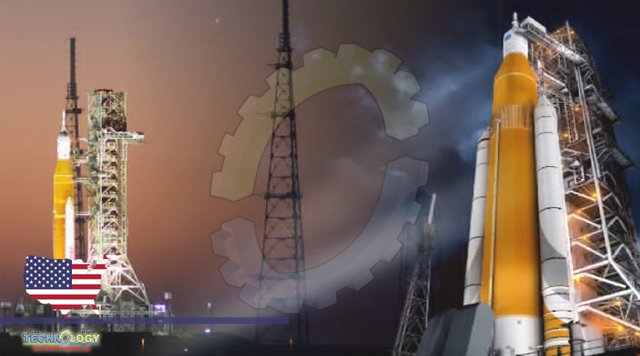NASA’s Artemis Moon Rocket, Artemis I Launch Director Charlie Blackwell-Thompson has confirmed all objectives have been met for the cryogenic demonstration test, and teams are now proceeding with critical safing activities and preparations for draining the rocket’s tanks.

After encountering a hydrogen leak in a cavity in the tail service mast umbilical early in the loading process, engineers were able to troubleshoot the issue and proceed with the planned activities. NASA’s Artemis Moon Rocket, The four main objectives for the cryogenic demonstration included assessing the repair to address the hydrogen leak identified on the previous launch attempt, loading propellants into the rocket’s tanks using new procedures, conducting the kick-start bleed, and performing a pre-pressurization test. The new cryogenic loading procedures and ground automation were designed to transition temperature and pressures slowly during tanking to reduce the likelihood of leaks that could be caused by rapid changes in temperature or pressure. After encountering the leak early in the operation, teams further reduced loading pressures to troubleshoot the issue and proceed with the demonstration test.
The pre-pressurization test enabled engineers to calibrate the settings used for conditioning the engines during the terminal count and validate timelines before launch day to reduce schedule risk during the countdown on launch day. NASA’s Artemis Moon Rocket, Teams will assess the data from the test, along with the weather and other factors, before confirming readiness to proceed into the next launch opportunity. The SLS rocket remains in a safe configuration as teams evaluate the next steps. Artemis I is the first in a series of increasingly complex missions. It will provide a foundation for human deep space exploration and demonstrate our commitment and capability to extend human presence to the Moon and beyond. The primary goal of Artemis I is to thoroughly test the integrated systems before crewed missions by operating the spacecraft in a deep space environment, testing Orion’s heat shield, and recovering the crew module after reentry, descent, and splashdown.
Source: This news is originally published by scitechdaily